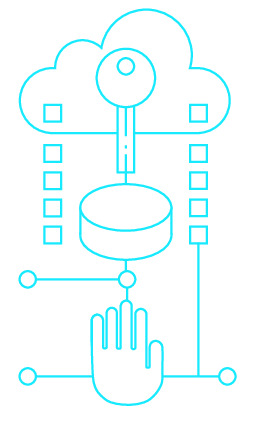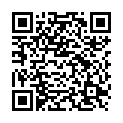|
|
|
| Module code: PIBWI25 |
|
|
4V (4 hours per week) |
|
4 |
| Semester: 5 |
| Mandatory course: no |
Language of instruction:
German |
Assessment:
[updated 08.05.2008]
|
PIBWI25 (P221-0114) Applied Informatics, Bachelor, ASPO 01.10.2011
, semester 5, optional course, informatics specific
|
60 class hours (= 45 clock hours) over a 15-week period.
The total student study time is 120 hours (equivalent to 4 ECTS credits).
There are therefore 75 hours available for class preparation and follow-up work and exam preparation.
|
Recommended prerequisites (modules):
None.
|
Recommended as prerequisite for:
|
Module coordinator:
Dipl.-Ing. Wolfgang Pauly |
Lecturer:
Dipl.-Ing. Wolfgang Pauly
[updated 01.10.2005]
|
Learning outcomes:
This course teaches students the fundamentals of data networks using the internet as an illustrative example.
Internet technologies are chosen to exemplify these issues because while most students have practical experience of using internet services (such as e-mail, the world wide web, ftp, etc.), they do not often understand the functional interrelationships within this global system.
The internet is regarded today as a synonym for computer networks and the underlying technologies are used both inside and outside of companies for communication and for transacting business.
Students will be taught important concepts in computer networking and communication while working directly on computers to solve exercises, analyse case studies and carry out experiments. All aspects of computer communication will be covered: from packets and TCP/IP protocol stack to client/server programs. Later in the course, the most important internet services (DNS, e-mail and WWW) and the associated protocols and technologies will be discussed from both a technical and a security perspective.
After completing this module, students will understand the functional relationships that exist within the internet, will appreciate the programming background behind client-server applications, will know how the most important internet services work and will be aware of the associated security issues.
[updated 08.05.2008]
|
Module content:
1. Motivation
What is the internet?
The historical development of the internet
Internet / Intranet
Internet committees and organizations
RFCs: Internet ‘Request for Comments’ documents
2. Fundamentals of LAN/WAN technologies
The packet concept
Network topologies
The LAN addressing scheme
Network hardware and how it has evolved over time
Repeaters, hubs, bridges and switches
WAN technologies and routing
3. TCP/IP in UNIX/Linux and Microsoft environments
Protocols and protocol stacks
IP addresses, unicast, multicast and broadcast
Assigning IP addresses to ethernet devices
IP datagrams, routing, fragmenting
ICMP: the IP message protocol
TCP: the reliable connection-oriented protocol
UDP: the connectionless communication protocol
4. Network applications; programming fundamentals and examples
The client-server paradigm
Protocols, ports and sockets
Standard daemons
The socket-Programming interface with examples in C and JAVA
Socket-based UNIX/Linux and MS Windows utilities
RPC: Remote Procedure Call (examples in C)
NFS: an RPC-based UNIX service
RMI: Remote Method Invocation (examples in JAVA)
5. Internet services and their functional principles
DNS (Domain Name System): Structure and functional principles
E-mail: Structure and functional principles
The SMTP, POP, POPS and IMAP protocols
Spam Spam filters, e-mail viruses, phishing
WWW (World Wide Web): Structure and functional principles
The http and https protocols
Tools: CGI, applets, servlets
[updated 08.05.2008]
|
Recommended or required reading:
Computernetzwerke und Internets, Prentice Hall, Douglas Comer, 1998
TCP/IP Netzwerk Administration, O´REILLY, Craig Hunt, 1995
TCP/IP, Hüthig, W. Richard Stevens, 2004
TCP/IP Illustrated Volume 1,2,3, ADDISON-Wesley, W. Richard Stevens, 1994
Programmieren von UNIX-Netzwerken, HANSER, W. Richard Stevens, 2000
WWW, Springer, C. Meinel, H. Sack, 2004
[updated 08.05.2008]
|
Module offered in:
WS 2014/15,
WS 2013/14,
WS 2012/13,
WS 2011/12,
WS 2010/11,
...
|


